Arguably one of Canada’s most famous exports, maple syrup is produced primarily in Eastern Canada from the sap of varieties of maple trees. The main harvest is in spring.
This year’s unusually warm weather has prompted an early harvesting of maple sap. The quote below is from an article titled “Sugar sommeliers: How warming weather influences Ontario’s maple syrup production“, posted on rabble.ca, by blogger Jen Halsall:
“‘Syrup is a bit like wine,’ says Ray Bonenberg, a maple sugar producer in Pembrooke and spokesperson for the Ontario Maple Syrup Producers’ Association. ‘You get different flavours from different soils. It’s not dramatic; it’s subtle. But there are different flavours, there’s no question about it.’ “
No question about it at all. And it’s a multi- million dollar industry that takes the business of grading and marketing maple sugar very seriously.
In India, which is perhaps better known as a leading grower of sugarcane, there is also a long history of sugar production from the sap of a variety of palm trees. These include the Indian date palm, the Asian Palmyra palm, and the Fishtail palm.
Each of these palms produce sugars every bit as complex and varied as maple sugar, but they are nowhere close to being as widely appreciated (or promoted, for that matter).
On visits home to Coorg, I have ventured to boil down freshly tapped, unfermented sap from the panné mara (Fishtail palm trees) to produce sugar. A couple of litres will produce a mere half cup of delicate, amber hued syrup, but what a delicious treat it is!
The skills involved in drawing and harvesting the sap of palm trees are quite remarkable. Observing a tapper at work, you are witnessing the practice that dates back thousands of years, and it survives virtually unchanged.
In the minds of many, the act of tapping of the sap of palm trees is inextricably linked to the production and consumption of the mildly alcoholic beverage known as toddy, (which has been banned in many places), so this practice is quite often driven into the shadows. I wonder if that might change if panné mara could become the source of some premium palm sugar – perhaps to be marketed alongside the famed Coorg honey and coffee?
Doing a bit of spring stock-taking in my kitchen in Vancouver, I’ve been taking a look at my stash of palm sugars.
What do I have here? Let’s see. There are neatly sliced discs of my old favourite, wallé bella from Mangalore made from the sap of the Borassus flabellifer palm; a large bottle of kithul syrup and several half-spheres of solid jaggery, both produced in Sri Lanka* from the sap of the Caryota urens palm; several bags of toasty, crumbly, coconut sugar from Thailand and Indonesia; a bottle of buttery coconut syrup, from Sri Lanka again; and finally, a gloriously sticky, fudgey cake of patali gur, supremely delicious date palm jaggery from Bengal.
Mmm… it Iooks like I might just be on the path to becoming a “sugar sommelier”! 😉
Sweet links:
- Read more about why palm sugar can be better for you, me, and the world.
- Robyn Eckhardt’s palm sugar passion, and a whole lot more deliciousness!
- If anyone has ordered products from ecobuddy.in, or similar sites, I’d love to hear feedback. (I have no association, I’m just curious!)
*A country that has taken the promotion of premium palm sugar products to heart.

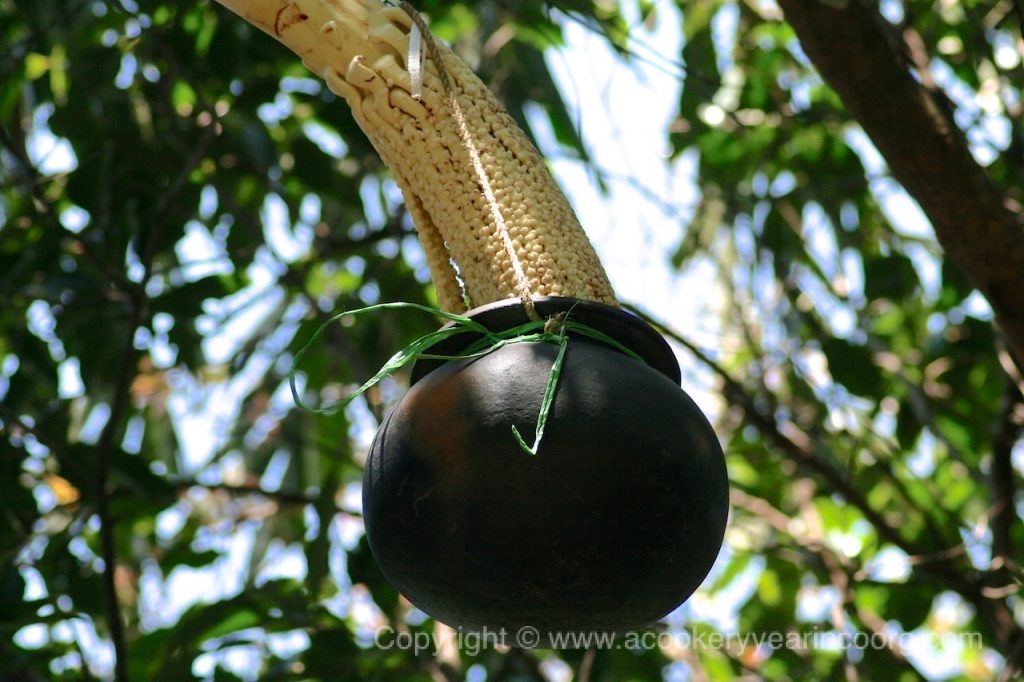
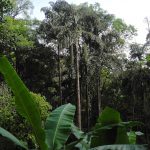
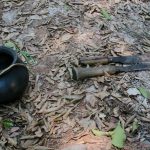
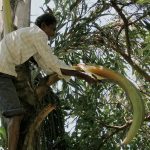
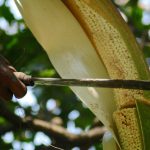
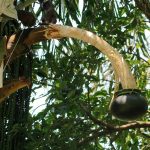
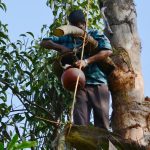
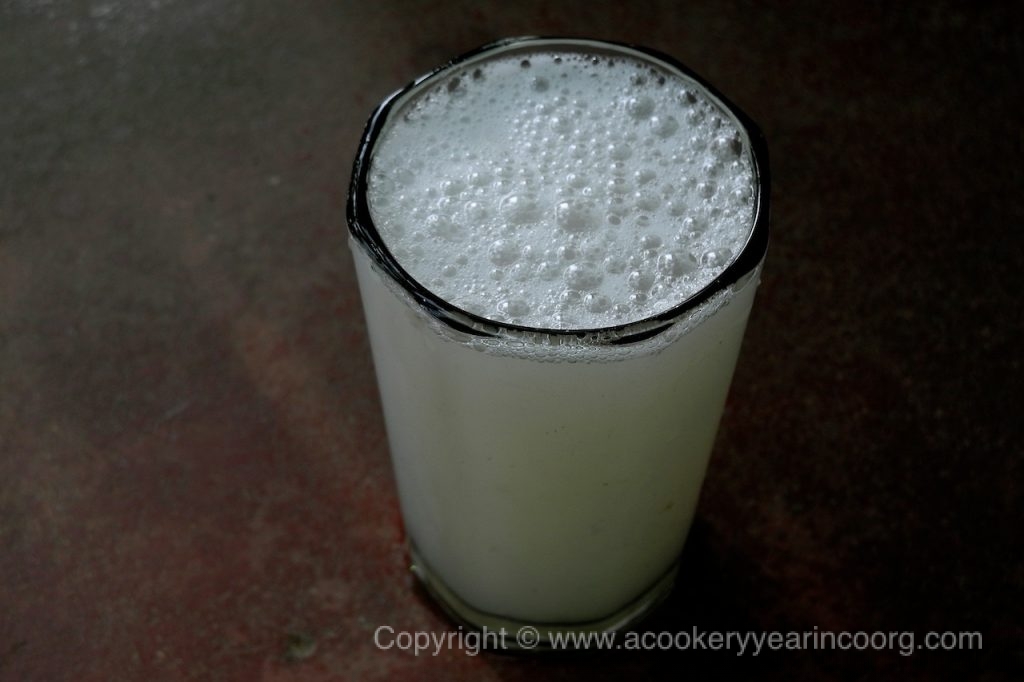
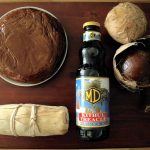
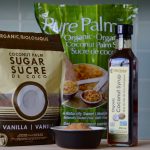
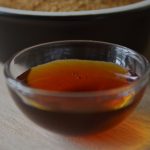
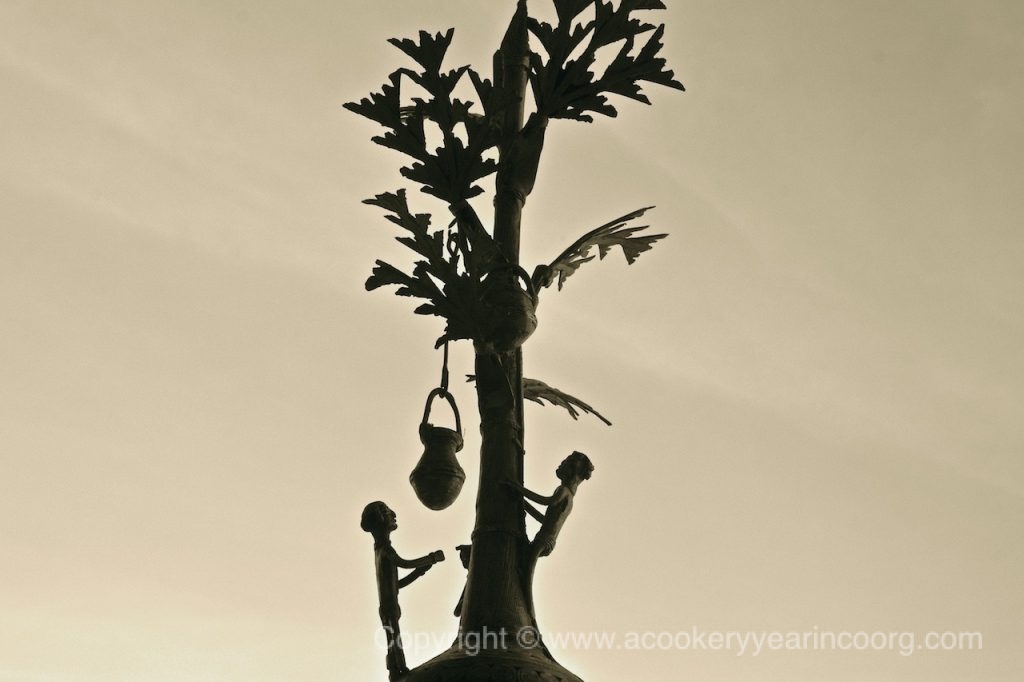
Dear S,
Lovely photographs, as always! You know of my long commitment to the sugar palms of India, especially the drought-tolerant Phoenix sylvestris and Borassus flabellifer. Also, without being hypocritical, you know my unfeigned admiration for your absolutely remarkable intellect, and would love for all to appreciate all its qualities. Yes, people know you as a lover of fine foods, but they little realize the other aspects of your mind about which I continue to harass you, and perhaps publicly embarrass you.
My objectives are always for you to become our leading intellectual voice in this lifelong campaign for palm sugars for India and perhaps, worldwide. Your perceptive mind that can intergrate so many disciplines at once and is so well read, is the one that can present before audiences both learned and casual, all the problems we are facing today in India. These are grave in nature, an unprecedented agricultural crisis that I can outline to you in a few words. Sadly, so far, I have had only the assistance of some English people, who believe themselves to be MENSA types and are utterly ignorant, absurdly stupid and unpardonably racist and condescending about Indians and the poor. Being ignorant and dense are no problems, but being prideful and the rest are pArAjikA, in the SthaviravAda sense of the term. So, to whom should the motherland turn to in Her hour of need?
You know that cane and beet are inherently thermodynamically cursed by the need for destructive harvest to extract the economic fraction. To extract approximately 10-12 % Sucrose equivalent, anywhere from 55-110 Mg/ha of green cane is harvested per 12-18 months, i.e. stripped of green tops and senescent foliage. The underground root mass in savannah ecosytems can be upto 3-4X the above ground shoot mass. In India, the average yield of sucrose is 5 Mg/ha, plus some blackstrap. We produce c.25 million Mg/yr from c. 5 million ha. Every time we have to renew the plant body with enormous expenditure of labor, energy, water, fertilizer, and throw all of this away. Burning bagasse is burning the sugar equivalent, since more than 15-20% of the hemicellulosic fraction can be converted in high fructose syrups by microbial fermetation at present and the rest is pure cellulose that should become sugar at some future date. Burning bagasse is not energetically sensible, it is thermodynamic insanity. No economic system that runs counter to basic constraints imposed by thermodynamics can long survive. The subcontinent, with its cropping systems and crop choices, dictated by a coterie of supremely ignorant and smug economists, are headed for a disaster. I am happy to expand on this issue, but here is not the proper place.
Since ancient times, and we have Panini as eyewitness, palms, not cane, have made India renowned as the homeland of sugar and refined sugar products like Khanda, from which we derive “candy” and which is still produced and consumed in W. Bengal. I should be forever grateful if you could inform the world about these sugar palms. I would be at your side with the technical details.
Coming to the Borassus and Sugar date palms, we have created the first non-profit, solely from our own non-existent resources, to succor the tapper families. For the first time in history, we have created the means of complete lab certification, tapper to retail, and modern methods of hygienic sap–> gur production and bottling, sold under the labels Sweetee for the taal and BonGur for the Sugar Date. I have no financial interests or returns [ever] from this venture, which is a charity under GOI rules, other than the fact that I have contributed every single penny I had to my dream.
In WB, the wholesalers buy date gur at Rs.45-50/kg wholesale, as of this season. The lowest production price of PURE nolen gur of 65-70% Brix would be at least Rs.600/liter, and higher Brix semi-liquid gur [because the stupid Bengalis no longer understand what pure Nolen should taste like nor what patali really is] would be Rs.1200/kg for the tapper to make a reasonable profit, not merely break even. In this era of fair trade, are they not supposed to be able to afford medical care, education etc. for their families, but exist at a subsistence level as peasants?
You can accept my word that NO date gur coming out of WB or Bangladesh is pure unless you have stood by its manufacture or purchased it from our charity. Not even the WB Govt. sponsored product which is merely 70% pure. Not one can offer a lab certificate with each batch that guarantees freedom from adulteration with cane sugar and from ALL contaminants like pesticides, herbicides, and any heavy metals and adventitious toxins [tot USDA, EU and Japanese standards].
The taal gur from Mangalore is very dark and is reprocessed gur that is processed under very interesting conditions, indeed. The next time you are in India, please satisfy yourself with your own eyes. Visit our microscopic manufactory at Erode, a mere pilot plant with 2 or 3 boiling pans to demonstrate a concept and not a commercial venture. We are allowed to sell a minimum amount under the non-profit rules to cover costs and pay the members, i.e tappers. Taste our product, which we shall gladly send you to Vancouver, as Alka Keswaniji has already tried, and compare it with other taal producte, Sri Lankan included, any Thai or other palm sugar, gula java, etc. The proof of the pudding here is literal! Make western dishes, enjoy with your coffee and see what a difference this particular rand makes. That is NOT what you can do with the kitul syrup from Sri Lanka!! Create your homemade chocolate from raw cocoa with our product, and that will be your ultimate test for quality.
Regarding the Nolen gur from WB, test it straight against the Grade A extra fancy, a nomenclature that now has been removed from the Maple Syrup industry. Later in the season, the Jhola gur becomes Grade A, a lighter amber, darker golden syrup, with an increasingly more assertive flavora and aroma, until late in the season it is made into the darkly caramelized intensely aromatic solid Khejur Patali.
Today, in Bengal, a synthetic flavorant called BOLEN is used to enhance the khejur date flavor. 2 ml/kg of casein is used to flavor sweets, and 200 liters or more are sold in Calcutta alone during the winter season. You are a researcher par excellence, and can root out the truth far better than I. EVERY SINGLE famous name in Bengal confectionary, without a single exception, is buying garbage khejur gur at Rs. 45-50 wholesale,. which is synonymous with absolutely impure gur that is largely caramelized cane sugar cut with flacvorant and a minimal amount of date gur. Your patali in the fridge is part of this group, I am sorry to report.
You can prove this for yourself if you take a sample to a lab and ask for a Delta Carbon 13 Isotope Fractionation test for cane sugar. I would be the happiest person to be publicly proved wrong and made to eat humble, or khejur, pie. With the rising popularity of Bengali cuisine and the hoopla made by semi-expert Bengali writers who claim expertise simply on the basis of having made money by running restaurants selling mediocre food to a bunch of equally mediocre people. Are there not bad French restaurants in Paris? Do they also not cater to native French people, who might claim to have been eating REAL French food with their mother’s milk? Does that mean they are all cognizant of the good cuisine bonne femme or the high cuisine styles? Are their no people of mediocre tastes among them who continue to eat mediocre food? Should we take as gospel the exaggerated encomiums of foolish writers, e.g. A Year in Provence?
Same applies for the cuisine of the Rarh gentry. I saw in Andrew Zimmern’s segment on Delhi, one Joy Banerjee pontificate about a dish that he knows nothing about and cooks like the worst novice. The head chef of some renowned CCU chain. This bowdlerization has become the rule with Bengali cuisine.Would you like someone foreign to the culture teach you how Pandi curry should taste or would remain confident that your palate still remains the golden standard for that dish? It is that simple.